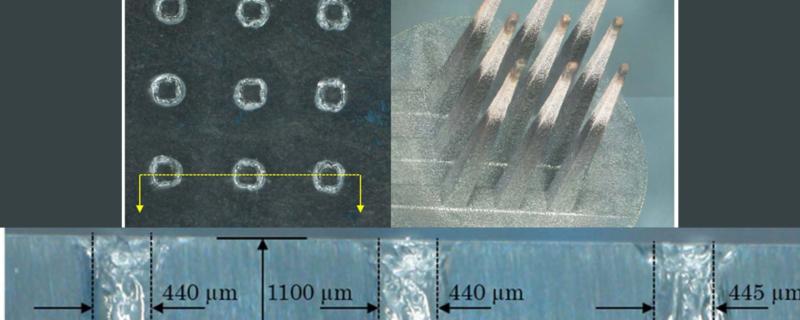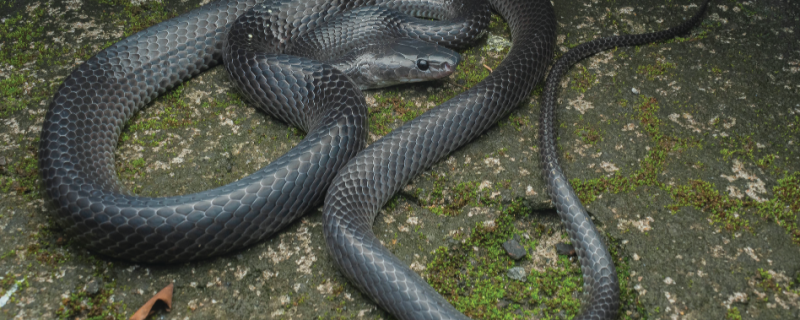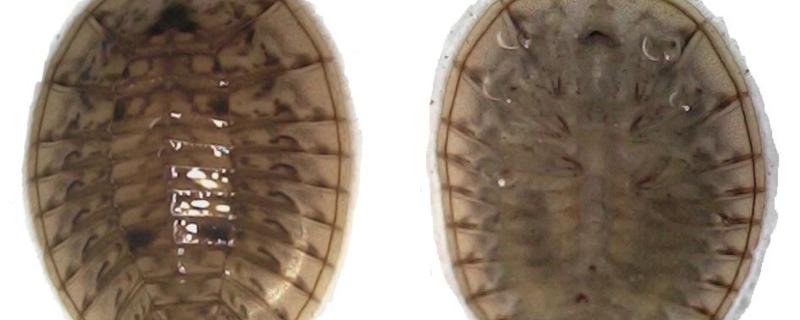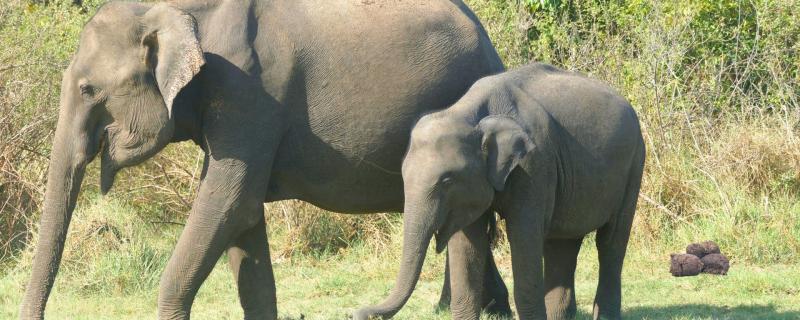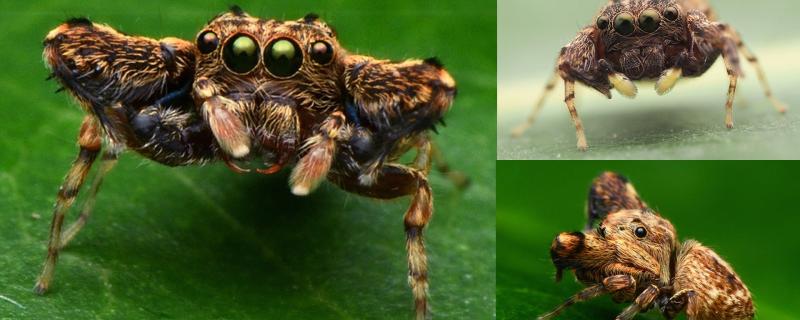Researchers found that urban female sparrows invest more time and energy into parental care than their rural counterparts, yet have significantly lower reproductive success.
A new review reveals that rising global temperatures, increased pollution, and extreme weather events are driving a global surge in eye diseases, disproportionately affecting vulnerable communities and challenging healthcare systems.
Roorkee/


